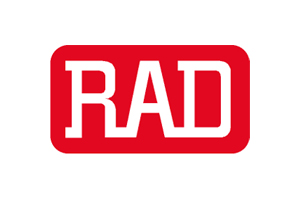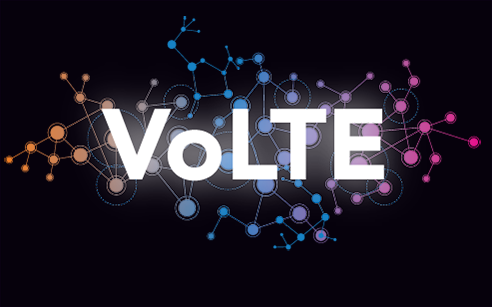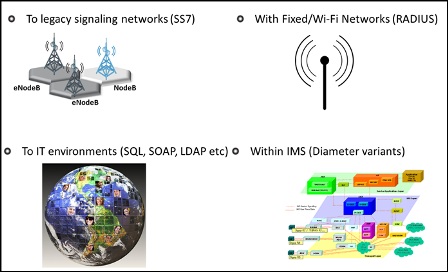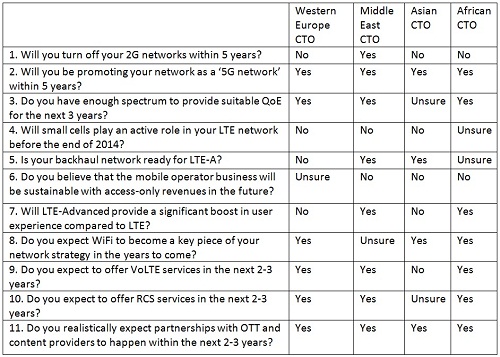 Ladies and gentlemen, its time to revamp your engines!
Ladies and gentlemen, its time to revamp your engines!
Are your traditional tools hindering your ability to grow in the telecom industry?
Ask yourself this, are your vendors meeting your criteria with the evolving needs of this Big Data world?
There are solutions out there that are already addressing the pains associated with Big Data. We believe you need to demand, embrace, and seek this new innovation! Don’t fall victim to being stuck in the now, focus on the new paradigm and future of the telecom industry.
Big Data in telecom should not be a nightmare. It’s an opportunity! For any type of industry, the need for growth and evolution is embraced and expected. Learn how you can embrace a new paradigm and gear up to capture and manage this new, real-time opportunity.
The Race is On
It is universally understood that the nature of the mobile world today is far unsurpassed than what anyone had originally anticipated. Smart devices are released, revamped, and released again all while the OTT providers are quietly and quickly entering the market with their fast attention, adoption, market share, agility, customer focus, and degree of innovation; Smart devices are a vital part of daily life.
With rapid growth, comes a bottleneck situation, which we all know as the Big Data problem. Issues have risen such as: declining revenues, increasing churn, customer dissatisfaction, and a need for future consolidation.
If you sit back and wait, the evolving technologies will surpass you, and there will be no opportunity for a comeback. Room for improvement lies within increased innovation and customer experience all while drastically reducing the cost.
Stuck in Neutral
The leading CSPs have already realised what lies ahead and have begun investing in and adapting to the growing technology of LTE, SON, SDN, CEM, policy management, and more. These enabling technologies will unquestionably deliver significant benefits and facilitate a whole new set of opportunities. LTE in particular has a major discontinuity and a departure from the traditional way of doing things. LTE drives telecom to merge with IT and as a result, IT principles start to be applied to telecom.
Truth be told, CSPs have at best, barely scratched the surface of the full potential of these enabling technologies. The question is ‘why’. What impedes this? The vast majority recognise the challenge, but steer towards business as usual because vendors are not providing alternative paths.
Real-Time Intelligence is Key
There needs to be a fundamental shift of the current culture of CSPs. We believe that CSPs need to develop the ability to gain access to actionable insights in true real-time, at a much lower cost, more easily, and in a way that leverages the broad variety and increasing amount of continuously-changing data that they have available.
As L. Gordon Crovitz said in a recent Wall Street Journal article in reference to Big Data, “society will need to shed some of its obsessions for causality in exchange for simple correlation: not knowing why but only what.” In other words, it’s less about explaining the science behind the observed data, it’s about quickly identifying patterns and events that, statistically, are significantly relevant.
To combat the Big Data issue, having both the “why” and the “what” is necessary in order to quickly adapt to and benefit from the innovation and convergence of LTE, SDN, SON, and policy management.
In this new, real-time Big Data world, intelligence becomes history within seconds and history is practically irrelevant. The ability to “see” and “understand” what happens “now” becomes paramount.
Revamp the Engines
There are vendors, such as Trendium, that are ready to enable the transformation of these new innovations for CSPs. Together, we have the potential to create scalable, efficient, real time intelligence for Customer Experience Assurance and Asset Monetisation.
When making your decision to select your future real-time intelligence partners and solutions, ask yourself, do they meet the criteria for:
– cost
– real-time analysis capabilities and in-memory computing
– scalability and distributed computing
– ability to deal with structured and unstructured data
– ability to deal with large variety of data
– proven ability to integrate data from existing and third-party sources
– ability to quickly adapt to changing data structures
– ability and willingness to feed real-time intelligence to third-party applications
– advanced root-cause analysis capabilities
– visualisation effectiveness and flexibility
CSPs that have, rightfully so, identified customer experience assurance and asset monetisation as their top priorities, need to know that in this new Big Data world it is possible, financially and technically, to gain real-time access to actionable intelligence and insights about network, services, and customers, in a way that is scalable, improves productivity, and with a fraction of the complexity, footprint, and cost of traditional solutions.
Trendium are sponsors of the LTE World Summit, taking place on the 24th-26th June 2013, at the Amsterdam RAI, Netherlands. Click here to download a brochure for the event

 CSPs are under constant pressure to be proactive all the time, since they need to stay ahead of the competition and are facing challenges on a daily base. But first and foremost, they need to keep their subscribers happy – not an easy task!
CSPs are under constant pressure to be proactive all the time, since they need to stay ahead of the competition and are facing challenges on a daily base. But first and foremost, they need to keep their subscribers happy – not an easy task!






















